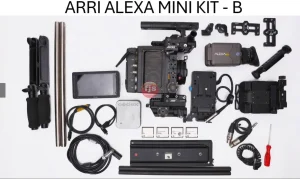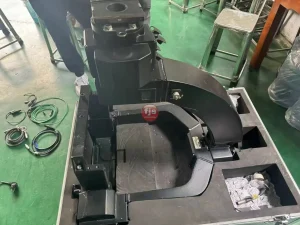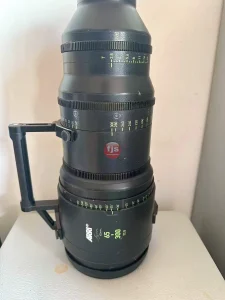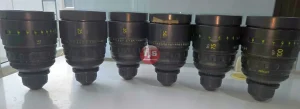The M42 lens mount, a historical giant in photography, offers a pathway to unique and captivating wide-angle photography. These lenses, known for their affordability and characterful rendering, can breathe new life into your landscapes and astrophotography. But with a multitude of M42 wide-angle options available, choosing the right one can be overwhelming. Fear not, for this guide will delve into some of the best M42 wide-angle lenses to elevate your photography to new heights.
Before We Begin: Key Considerations
- Focal Length: Measured in millimeters (mm), focal length determines the field of view (how much of the scene is captured). Wider focal lengths (typically below 28mm on a full-frame sensor or 18mm on an APS-C sensor) encompass a larger area, perfect for capturing vast landscapes and architectural wonders.
- Aperture: Represented as f-stops (e.g., f/2.8, f/4), aperture controls the amount of light reaching the sensor. Wider apertures (lower f-numbers) allow for faster shutter speeds and beautiful bokeh (background blur) but tend to be pricier.
- Image Quality: While some M42 lenses exhibit quirks and imperfections, many are known for their exceptional image quality, especially considering their affordability.
Top M42 Wide-Angle Lens Picks:
- Helios 44M-4 58mm f/2:
- A legendary Soviet prime lens known for its incredibly smooth and pleasing bokeh, sharp image quality, and a compact and lightweight design. While technically a 58mm lens, it offers a wider field of view due to the crop factor of M42 cameras with APS-C sensors (equivalent to roughly a 38mm lens on full-frame).
- Due to its popularity, numerous variations and manufacturers exist. Look for good condition lenses with clean glass and smooth aperture operation.
- Pentax Super Takumar 28mm f/3.5:
- A versatile and affordable wide-angle prime lens from Pentax. It delivers good image quality, a relatively fast f/3.5 aperture for low-light situations, and a compact design that makes it easy to carry around.
- This lens is known for its well-balanced image rendering and pleasing bokeh.
- Zenitar 16mm f/2.8 MC Helios:
- A true ultra-wide-angle option for those seeking to capture expansive landscapes and dramatic perspectives. The fast f/2.8 aperture allows for low-light shooting and creative bokeh effects.
- It’s important to note that due to its ultra-wide design, this lens may exhibit some distortion and vignetting, which can be embraced for a unique aesthetic or corrected in post-processing.
- Carl Zeiss Jena Flektogon 20mm f/2.8:
- A highly regarded prime lens from Carl Zeiss, known for its exceptional image quality, sharp corners even wide open, and a robust build quality. The f/2.8 aperture makes it suitable for low-light photography and astrophotography.
- Be prepared to pay a premium for this high-performance M42 gem. However, for those seeking the absolute best image quality, the Flektogon 20mm f/2.8 is a worthy investment.
- Tamron Adaptall-2 SP 17mm f/3.5:
- A great value-for-money option from Tamron. This 17mm f/3.5 lens offers a good balance of affordability, image quality, and portability. It’s a versatile choice for landscapes, street photography, and even astrophotography.
- The Tamron Adaptall-2 mount system allows for adaptation to various camera mounts with specific adapters.
Conclusion
The perfect M42 wide-angle lens depends on your individual needs and budget. Consider the types of scenes you shoot, whether you prioritize a super-wide perspective, a fast aperture for low-light, or a compact and lightweight design. Remember, M42 lenses offer a unique blend of affordability, character, and a gateway to a more hands-on photographic experience. With the knowledge above, you can confidently choose the perfect M42 wide-angle
lens to unlock a world of creative possibilities and capture breathtaking wide-angle images.
Frequently Asked Questions (FAQs):
- Do I need to adjust anything when using an M42 lens on a modern camera? A: Yes, you’ll most likely need an adapter for your specific camera mount. Additionally, since M42 lenses are manual focus and lack electronic communication, you’ll be shooting in manual mode and won’t have features like autofocus or automatic aperture control.
- What is the difference between Helios 44-2 and 44M-4 lenses? A: Both are variations of the Helios 44 design. The 44M-4 is a newer version featuring a multi-coated lens element (indicated by the “M”) for improved image quality and reduced flare.
- How do I deal with distortion in ultra-wide M42 lenses? A: Some M42 ultra-wide lenses exhibit barrel distortion, which can be corrected in post-processing software offered by most photo editing applications. You can also embrace the distortion for a creative effect.







